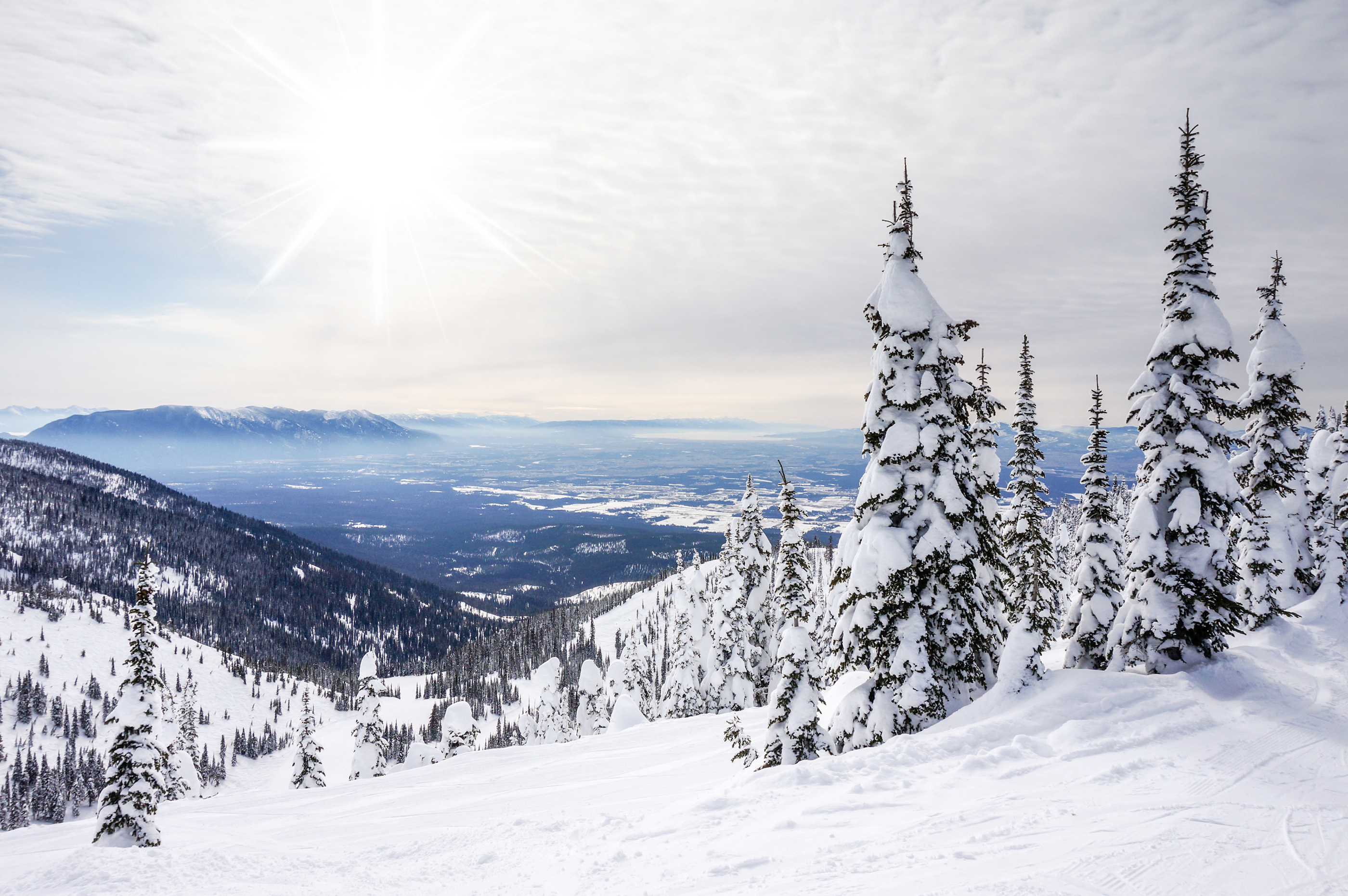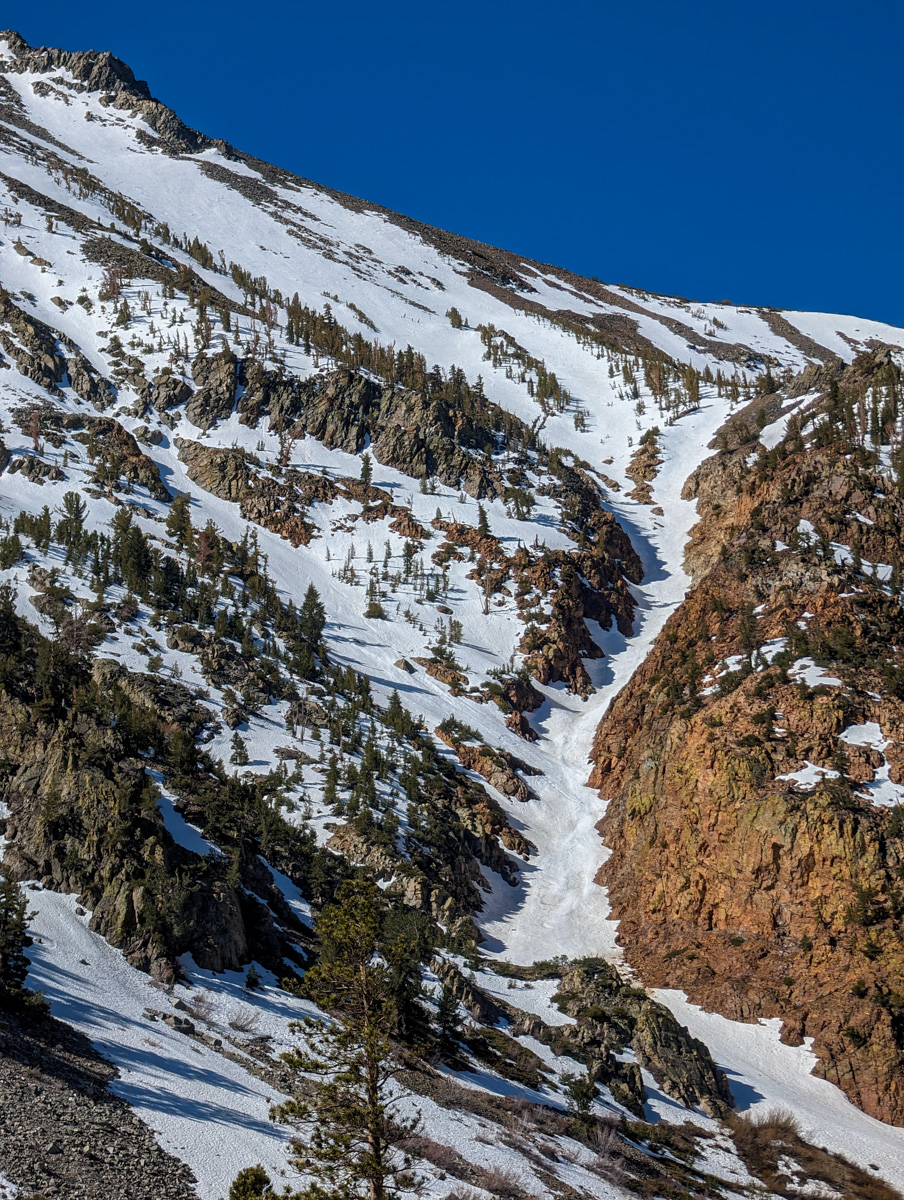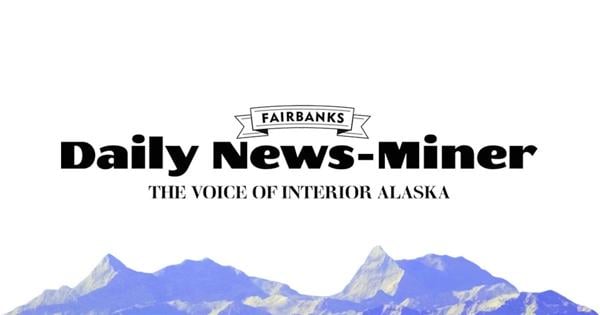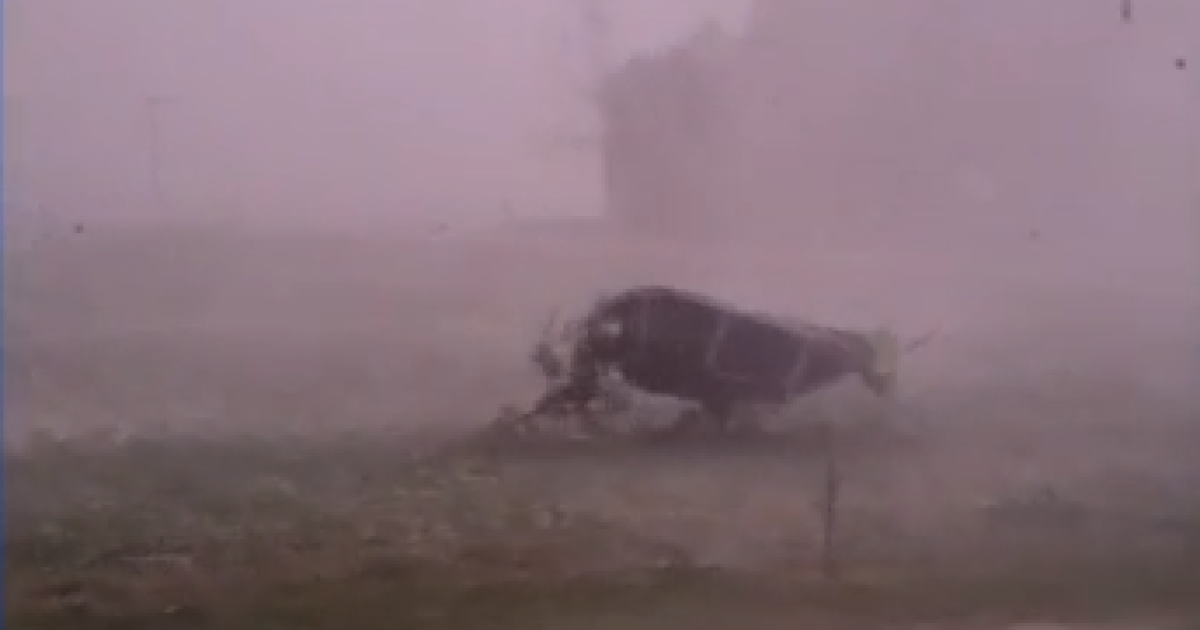Part of a continuing weekly series on Alaska history by Anchorage historian David Reamer. Have a question about Anchorage or Alaska history or an idea for a future article? Go to the form at the bottom of this story.
This column began with a simple question: When did Taco Bell open in Anchorage? These types of questions are common and understandable. People give their money and time to stores and restaurants for years, even decades. The memories accumulate into a reassuring presence. Given enough time, people can become nostalgic for almost anything.
This relationship is more complicated with national chains than locally-owned shops. Everyone in Anchorage has a story of a favorite little restaurant or café or shop that could not compete with the deep pockets of Outside companies and have long since disappeared. Yet, people also love chains, for their prices or consistency. Their seeming omnipresence can be comforting. As in, a given chain might not offer the best product, but it is accessible and predictable. What follows is the first of a two-part history on when some of the more major fast food, casual dining, big box stores, and other national chains arrived in Anchorage.
The first Anchorage establishment that might, while stretching the definition, be considered a chain store is K.A. Kyvig’s City Drug. Later called Anchorage Drug, it opened in 1915 as a licensed Rexall franchise, meaning it had purchased the right to sell and advertise Rexall-branded products. A better answer for the first chain store in Anchorage is the Piggly Wiggly grocery store that opened in 1929. This was the fifth Alaska location for the grocery chain, after Ketchikan, Juneau, Petersburg and Cordova, which perfectly illustrates Anchorage’s relative stature before World War II.
A Sears catalog store opened in 1938, followed by other relatively early chains in Anchorage, such as a Singer Sewing Center in 1947, Dairy Queen in 1952, an A&W drive-in in 1952, a Ben Franklin five-and-dime in 1953, and Tastee Freeze in 1957. The Anchorage A&W was rather unique given the lions it used as attractions.
The 1960s were marked by the arrival of larger retailers. In 1959, one of the older significant buildings in town, the original Masonic building constructed in 1917, was torn down in favor of a Woolworth’s that opened in 1960. Woolworth’s closed in 1997. The building now houses Polar Bear Gifts, though its door handles still say Woolworth’s. The downtown J.C. Penney department store opened on March 21, 1963, replacing local mainstay Hoyt Motor Co. Nearby property values increased several-fold. Though the 1964 earthquake demolished the store, a larger building was quickly built on the same site. Other major retailers that reached Anchorage in the 1960s included Safeway in 1960 and Montgomery Wards in 1966.
The 1970s saw the breakthrough of national chains into Anchorage, headlined by the arrival of McDonald’s on July 2, 1970, at the intersection of Arctic and Northern Lights boulevards. Five months later, a second location opened on DeBarr Road near Boniface Parkway. The DeBarr location was then the largest McDonald’s in the country. The downtown location that opened in 1976 was larger still.
Kentucky Fried Chicken requires more explanation than most chains. The first store in Anchorage to sell KFC-branded chicken was Jan’s Drive-In, which opened at Fourth Avenue and Gambell Street in late 1959 or early 1960. Restaurants then bought a license for KFC products. These eateries maintained all their other quirks, selling KFC products without becoming a KFC franchise, though many locals called them KFC. A standalone, fully KFC-branded Kentucky Fried Chicken opened on Muldoon Road in 1973.
In September 1970, Church’s Chicken opened a store at East 10th Avenue and Gambell Street. Mayor George Sullivan took part in the opening ceremony, even working the fryer for a time. It is difficult to imagine any recent Anchorage mayor working a fry station for some public relations glory. My deepest apologies if any future mayor wants to garner attention by fixing the eternally broken McDonald’s ice cream machines.
The first Taco Bell in Anchorage opened in January 1978 on Northern Lights Boulevard. Their advertisements then offered several long-since-canceled products like the Bellbeefer. Discontinued in the 1990s, apart from some testing at select locations, the Bellbeefer was just taco fixings tossed between hamburger buns. Yet, Taco Bell is a lifestyle, a nexus of bad decisions, a salve for late-night cravings. So, the aficionados still advocate for the return of the beefer.
:quality(70)/cloudfront-us-east-1.images.arcpublishing.com/adn/RI77UFGQCNHMTFLFUC2UIRE7GM.png)
:quality(70)/cloudfront-us-east-1.images.arcpublishing.com/adn/QE3EJOSWCZBSRADX3DP4UAACSY.jpg)
The first national pizza chain to reach Anchorage was Pizza Hut, which opened a store on Spenard Road in 1969. Shakey’s Pizza came next in 1971, eventually followed by three more Anchorage locations, plus one in Eagle River. The last of these closed in 1990. Then there was Godfather’s Pizza in 1981; Chuck E. Cheese in 1982, in the former Gary King Sporting Goods building; Dominos in 1985; Little Caesars in 1987; Papa John’s in 2000; and Papa Murphy’s also in 2000.
:quality(70)/cloudfront-us-east-1.images.arcpublishing.com/adn/2ZHFRGT3JBDS5NRXIKSX65NJWM.png)
In January 1978, the first Dunkin’ Donuts in Anchorage opened on Northern Lights Boulevard, in what is now the Panda Chinese Restaurant. At their peak, there were four Anchorage Dunkin’ Donuts locations, the last closing in 1990. Other notable sweet treat chains that reached Anchorage include Baskin-Robbins in 1977, TCBY in 1985, and Krispy Kreme in 2016.
:quality(70)/cloudfront-us-east-1.images.arcpublishing.com/adn/2EZJR5ZRKVCZXNR7QXX6VQFOTU.jpg)
For some more forgotten chains, Rax opened in 1983 on Old Seward Highway. The restaurant, which specialized in roast beef, struggled to differentiate itself in the fast-food wars of the 1980s, and the Anchorage location closed around 1987 amid a steep national decline. The building has since housed Yen King, Sushi Yako and Sushi Ya. Kenny Rogers Roasters opened on Dimond Boulevard in December 1995 and closed in the early 2000s. It was less famous for its food than the time its landlord parked a semi-truck blocking the entrance during an eviction battle with the franchise owner. The site is now a Sicily’s Buffet. Skippers Seafood ‘n Chowder lasted longer but left little cultural impact. The first Skippers here opened in 1979. By 2006, there were two Skippers in Anchorage, one on Dimond Boulevard and another on Minnesota Drive. That year, the latter location closed after a fire and did not reopen. The last Skippers here closed in 2007 as the chain fought to reorganize during bankruptcy proceedings.
Other fast food arrivals in Anchorage include Burger King in 1975, Wendy’s in 1977, Arby’s in 1981, Popeye’s Chicken in 1987, Subway in 1988, Schlotzsky’s in 2000, Quiznos in 2001, Carl’s Jr. in 2002, Pita Pit in 2013, Panda Express 2015, and Sonic in 2022.
One of the more significant subsets of chains is the casual dining, family-friendly restaurants. Most are defined by their wall décor or food specialization. Each is as unique as a restaurant identical to locations in several other states can be. For example, no one could mistake a Clinkerdagger, Bickerstaff, and Pett’s Public House, open in Anchorage from 1977 to 1987, for anything else. A Red Robin, which opened in Anchorage in 1985, is similar but not identical to an Applebee’s, which opened in Anchorage in 1999. Other notable casual dining franchises to open in Anchorage include Denny’s in 1977; Village Inn in 1979; Sea Galley — “We’ve got crab legs!” — in 1981, closed in 2018; Benihana in 1999; International House of Pancakes in 2002; Golden Corral in 2006; Olive Garden in 2012; Buffalo Wild Wings in 2013; Hard Rock Café in 2014, closed in 2020; and Texas Roadhouse in 2014.
:quality(70)/cloudfront-us-east-1.images.arcpublishing.com/adn/M5UHO3NBEZBJXCACQNNT52XTAI.jpg)
The first Chili’s Grill & Bar in Anchorage opened in 2002. But the first Chilly’s restaurant opened in 1992, on Old Seward Highway between Huffman and O’Malley Roads. When Chili’s learned about Chilly’s, the national chain threatened a lawsuit. Rather than fight an expensive battle, Chilly’s owner Eric Harstad renamed his place Eric’s.
A common Anchorage misconception is that the Spenard Roadhouse on Northern Lights Boulevard and the Castle Megastore on Fifth Avenue buildings used to be Pizza Huts. The roofs, in particular, are somewhat Pizza Hut-shaped, but they were previously Sizzler steakhouses. At their peak, there were three Sizzlers in Anchorage, the previously mentioned two plus one on Dimond Boulevard. The Northern Lights location opened first in 1977. It closed around 1993. Hogg Brothers moved there in 1994 and closed in 2008. And then the Spenard Roadhouse opened in 2009.
Then there are the breastaurants, so named for their emphasis on waitress appearance over food quality. No thorough list of retail openings and failures in Anchorage is complete without their tawdry inclusion. Hooters, the exemplar of the type, opened in December 1995 on Tudor Road at the old Pierce Street Annex site. Amid some small public outcry, the Anchorage Assembly hesitated to approve the restaurant’s liquor license before relenting and canceling a planned public hearing. It closed in early 2008 without warning. The Tilted Kilt opened in the fall of 2014 with the chain’s largest location but closed in early 2016. Internet detectives fond of schadenfreude might enjoy their online reviews.
Next week’s second part opens with the forgotten store that foretold the future of shopping, plus the arrivals of such key retailers as Costco, Walmart, and Sephora.
• • •
• • •
Key sources:
Bernton, Hal. “Shakey’s Closes Alaska Stores.” Anchorage Daily News, April 10, 1990, H-1.
“Ceremony Slated for Woolworth Building” Anchorage Daily Times, August 5, 1960, 18.
DeVaughn, Melissa. “No Frills, Good Value mark Eric’s Cuisine.” Anchorage Daily News, 8 magazine, January 26, 2001, 5, 6.
Doogan, Sean. “New Anchorage Restaurant Part of a Trend of Offering Patrons a Mouthful—and an Eyeful.” Anchorage Daily News, October 26, 2014.
“Glover Building to be Completely Occupied March 1.” Anchorage Daily Times, February 24, 1947, 2.
“McDonald’s Outlet Here is Biggest.” Anchorage Daily Times, November 17, 1970, 6.
Wilner, Isaiah. “Restaurateur Locked Out.” Anchorage Daily News, June 26, 1998, B-1, B-8.
“Woolworth Bid Opening Set August 10.” Anchorage Daily Times, July 22, 1959, 1.

/cloudfront-us-east-1.images.arcpublishing.com/gray/3K6GYXAZUJEX3OIUGSN3GTM43Y.jpg)





:quality(70)/cloudfront-us-east-1.images.arcpublishing.com/adn/NDKUZFHDRVHIXFTVLSLFOZKGEQ.jpg)























